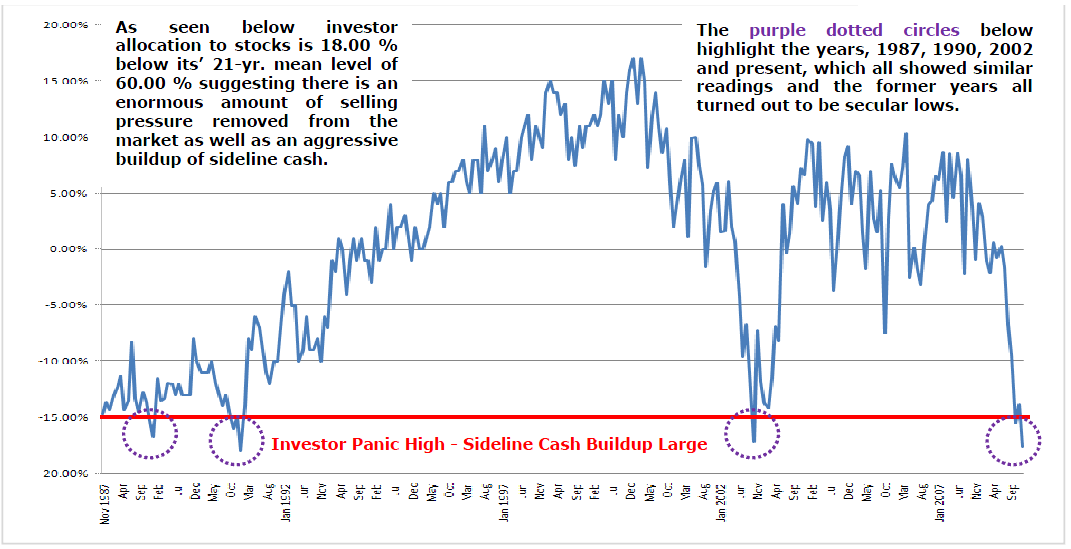AAII The American Association of Individual Investors
Post on: 2 Июль, 2015 No Comment

by Joe Lan, CFA
In Michael Kahns article in this issue, Picking the Right Stocks Using Charts, he recommends adopting a top-down approach to investing by adding relative strength to your investment analysis. Specifically, Kahn advocates the use of charts to visually see relative strength changes rather than simply using numerical relative strength calculations.
Charts and industry strength data can be found online. The following sites are great places to start.
Charting Software & Websites
BigCharts.com
BigCharts.com provides free charting, numerous technical indicators, market and company news, historical quotes and industry analysis. The website allows you to use predefined time periods or specify your own and includes 30 technical indicators.
FreeStockCharts.com
FreeStockCharts.com, developed by Worden Brothers, offers free real-time data by using the BATS exchange for data less than 15 minutes old. In addition to the usual chart plots and indicators, users can create and save their own watchlists.
Investor/RT 10.0
Investor/RT 10.0 is one of the few investing software programs compatible with both Windows and Mac. A choice of real-time data, intraday data or end-of-day data is offered, along with standard and professional versions of each. The standard versions offer predefined technical indicators and charting tools, while the professional version allows users to perform custom scans and create custom indicators. Cost ranges from $20 to $75 per month.
MetaStock 11 End-of-Day
The MetaStock software program offers nine different charting styles and over 350 technical indicators. Furthermore, the software provides over 90 broad market indicators, including monetary indicators and momentum indicators for the NYSE and NASDAQ. You are also able to create your own indicators. Cost is $59 per month.
StockCharts.com
StockCharts.com offers a wide collection of free charting capabilities along with over 40 technical indicators. There are several pay levels of service that provide additional technical indicators and real-time data. Furthermore, a comprehensive education section is available in the ChartSchool section, covering the basics of investing and technical analysis and how to use technical indicators.
Data on Sector Exchange-Traded Funds (ETFs)
Select Sector SPDRs
Select Sector SPDRs offers performance information on sector ETFs, including consumer discretionary, consumer staples, energy, financial, health care, industrial, materials, technology and utilities. These ETFs are market-weighted, which means that the companies with the largest market capitalizations will have the highest weights in the ETF; therefore, the largest companies will have the greatest influence on whether the sector and the ETF rises or falls.
Rydex SGI
Rydex SGI provides sector ETFs for consumer discretionary, consumer staples, energy, financials, health care, industrials, materials, technology and utilities. However, these ETFs are equal-weightedthat is, the largest and smallest companies are given an approximately equal weighting in the ETF. The influence of a single large company is less than it would be in a market-weighted ETF, providing a better picture of overall sector performance. On the other hand, the performance of these ETFs may differ from the performance of a similar market capweighted sector index or fund.














